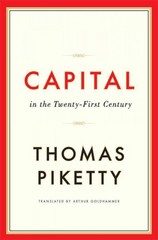Question
Suppose that the market for widgets can be described by the following equations: the inverse demand is P = 10 Q, and the inverse supply
Suppose that the market for widgets can be described by the following equations: the inverse demand is P = 10 Q, and the inverse supply is P = Q 4, where P is the price in dollars per unit and Q is the quantity in thousands of units. Then:
(a) What is the equilibrium price and quantity? Hint: Equate the inverse supply and the inverse demand and solve for Q.
(b) Suppose the government imposes a tax of $1 per unit to reduce widget consumption and raise government revenues. What will the new equilibrium quantity be? Hint: If P is the price paid by the consumers, then inverse demand is P = 10 Q and inverse supply is P 1 = Q 4 since the seller gets P 1 for every unit sold.
(c) What price will the buyer pay? What will the seller receive for each unity sold? How much revenue will the tax raise for the government?
(d) Suppose the government has a change of heart about the importance of widgets to the happiness of the American public. The tax is removed and a subsidy of $1 per unit granted to widget producers. What will the equilibrium quantity be? Hint: If P is the price paid by the consumers, then inverse demand is P = 10 Q and inverse supply is P + 1 = Q 4 since the seller gets P + 1 for every unit sold.
(e) What price will the buyer pay? What will the seller receive for each unit sold? What will be the total cost of the subsidy to the government?
Step by Step Solution
There are 3 Steps involved in it
Step: 1

Get Instant Access to Expert-Tailored Solutions
See step-by-step solutions with expert insights and AI powered tools for academic success
Step: 2

Step: 3

Ace Your Homework with AI
Get the answers you need in no time with our AI-driven, step-by-step assistance
Get Started


